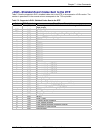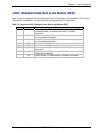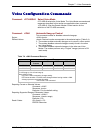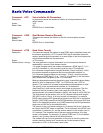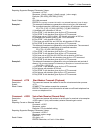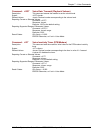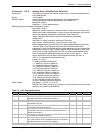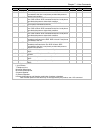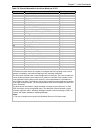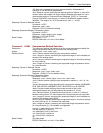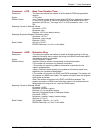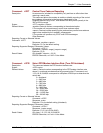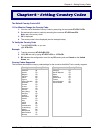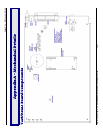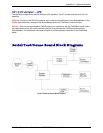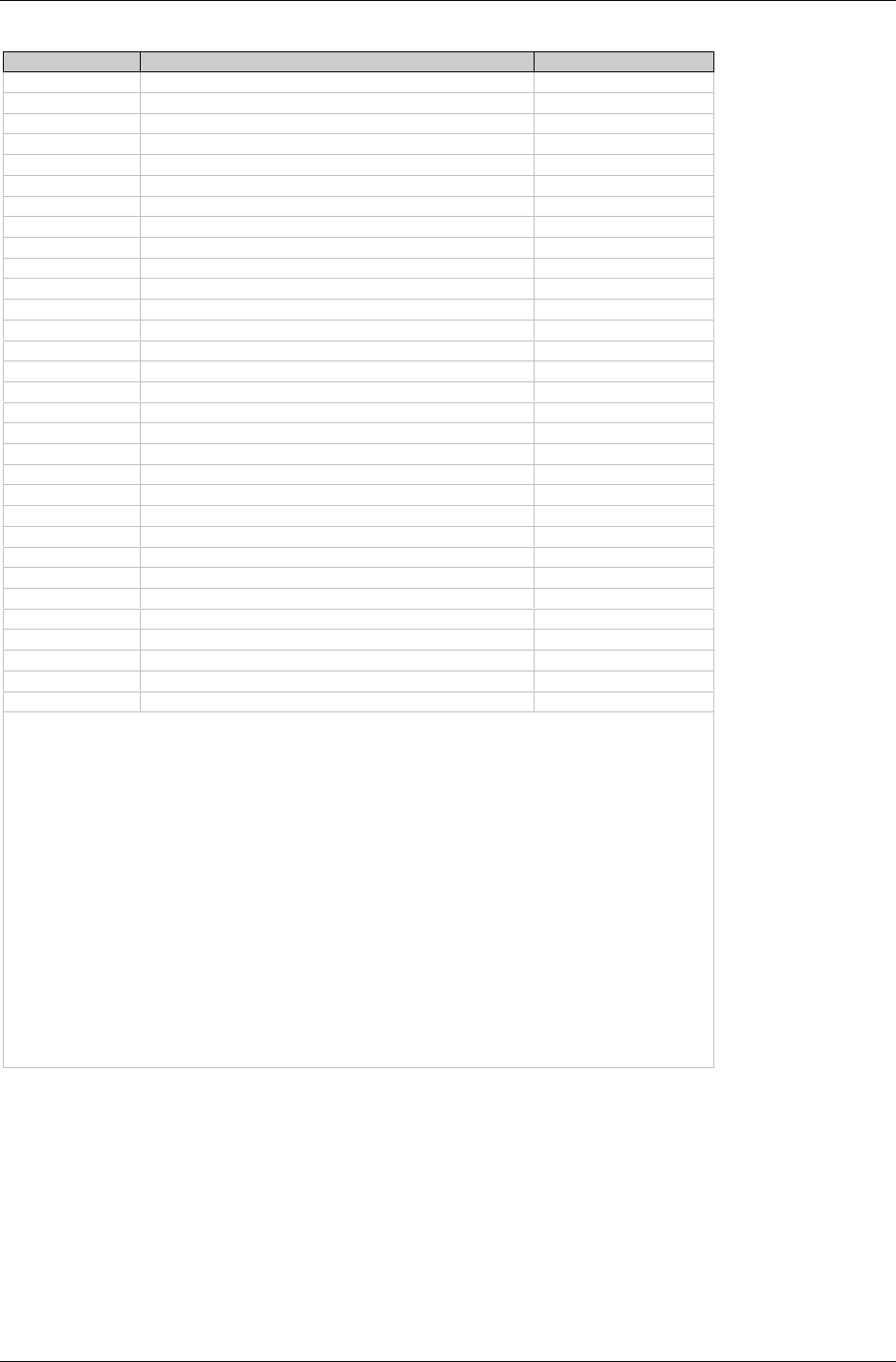
Chapter 7 – Voice Commands
Multi-Tech Systems, Inc. SocketModem MT5600SMI Developer’s Guide 109
Table 7-6. Events Detectable in the Voice Mode per V.253
Event Number Event Description Event Reporting
0
Caller Id Report Message
1
DID Report Message
2
Distinctive Ringing Pattern
3
RING Simple
4
DTMF Received Simple
5
Receive Buffer Overrun Simple
6
Facsimile Calling (e.g., 1100 Hz) Simple
7
Data Calling (e.g., 1300 Hz) Simple
8
Local Phone On/Off-hook Simple
9
Presumed Hangup (SILENCE) Time-out Simple
10
Presumed End of Message (QUIET) Time-out Simple
11
SIT Signal Simple, Message
12
Bong Tone Simple
13
Loop Current Interruption Simple
14
Loop Current Polarity Reversal Simple
15
Call Waiting Beep/Interrupt Simple
16
Distinctive Call Waiting Simple
18
Ringing Tone Simple
19
BUSY Simple
20
DIAL TONE Simple
21
Reorder/Fast Busy Simple
22
V.21 Channel 2 7E flags Simple
23
Transmit Buffer Underrun Simple
24
Extension Phone On/Off-hook Simple
25
Facsimile or Data Answer (e.g., 2100 Hz) Simple
26
Data Answer (e.g., 2225 Hz) Simple
27
Voice Detect Simple
29
Stuttered Dial tone Simple (note 1)
30
Invalid Voice Data Format Simple
31
Lost Data Detected Event Simple
32
Facsimile Answer Simple
Legend:
This table lists events without any regard as to whether the DCE reporting of the event is
optional or mandatory, and without assigning a DCE reporting mechanism.
The first column lists the event number assignment for each event. The event number also
serves another purpose; each number is a bit position in a bit field. Event number 0 is the
most significant bit of the left most hex number in a hex representation (V.253 defines a
total of eight hex digits). The final bit in the bit field occupies the least significant bit position
of the right-most hex number. The bit representations of the event numbers are used in the
+VLS= command.
The third column lists whether a single character is enough to report the event, or if the
DCE must supply a more complicated report. The description Simple indicates a single
character response (<DLE> shielded), Message indicates a full text message (<DLE><X>
packet), and Pattern indicates a repeating Message.
Notes:
1. The use of complex event reporting for Stuttered Dial tone is for further study.



